Starting at 170,000 yuan? The Affordable Hongmeng Smart Car Arrives: Can SAIC Turn the Tide?
![]() 03/31 2025
03/31 2025
![]() 618
618
A Hongmeng Smart Car priced below 200,000 yuan is poised to hit the market soon.
On February 11th of this year, Huawei and SAIC confirmed that they would launch the fifth brand of Hongmeng Smart Car, Shangjie, under the "Smart Selection" model. This signifies that Shangjie will match the other four brands in terms of product quality, sales systems, and overall standards.
As more details emerge, the capabilities of Shangjie's maiden model are gradually becoming clear.
According to the media outlet "Ecar", a set of spy photos suspected to be of Shangjie's first model has been leaked. Consistent with previously disclosed information, Shangjie's first model bears a striking resemblance to the Feifan RC7, which has already completed its declaration process. There are minimal changes in the design of the light clusters and body lines. However, as it falls under the Hongmeng Smart Car umbrella, it can be confirmed that the core of Shangjie's first model will fully integrate Huawei's electronic and electrical architecture, end-to-end intelligent driving, Hongmeng cockpit, and other pivotal technologies. The presence of a "watchtower"-style LiDAR supports this claim.
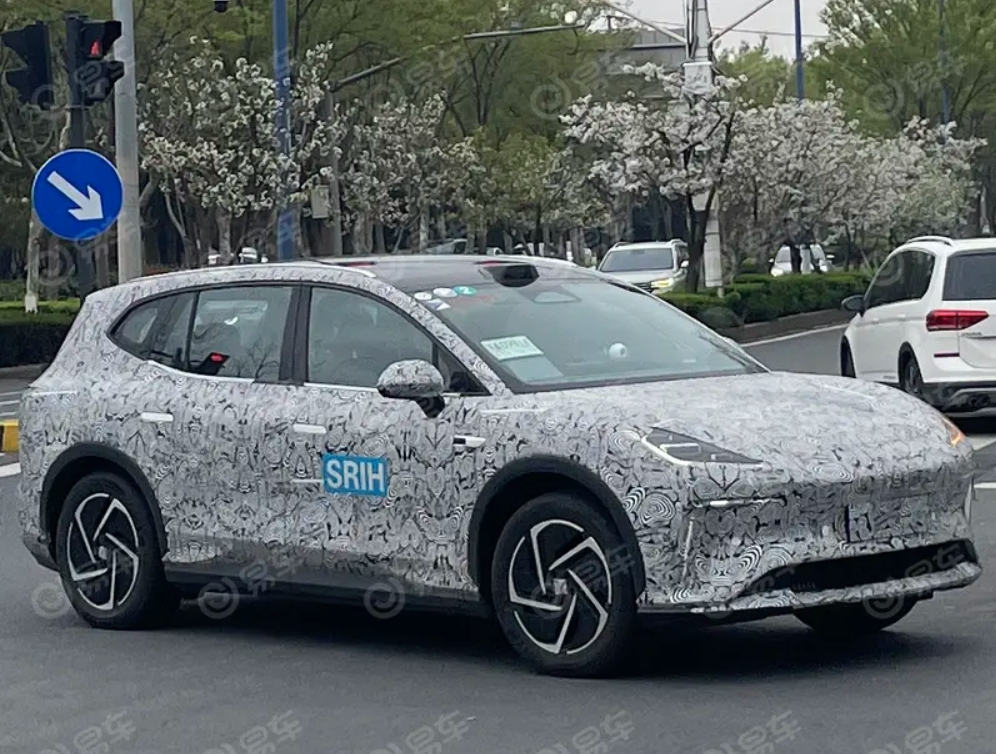
Source: Ecar
The Feifan RC7 was originally scheduled for launch in 2024, but due to poor brand sales, it was merged into the Roewe brand and remains in limbo with no price information announced. If Shangjie's first model is indeed based on the Feifan RC7, Dianchetong can almost conclude that the price of this car can dip below 200,000 yuan, with a possible starting price around 170,000 yuan.
What is the rationale behind this assessment? Let Dianchetong elaborate.
Under 200,000 yuan! The First Huawei Car for Youngsters?
Although the Feifan RC7 has not been launched, its hardware parameters can largely indicate the product's price range.
According to previously published declaration information, the Feifan RC7 is positioned as a mid-size SUV, equipped with a drive motor boasting a maximum power of 150kW. The power battery is a ternary lithium battery, offering a dual-battery version that supports both charging and swapping. Battery capacities are available in 62.2kWh, 77kWh, and 90kWh, providing a variety of driving ranges from 480km to 710km.
A key detail is that the higher-end Feifan R7 offers significantly superior performance compared to the Feifan RC7, with the entry-level version delivering a CLTC pure electric driving range of 570km and a starting price of 189,900 yuan.
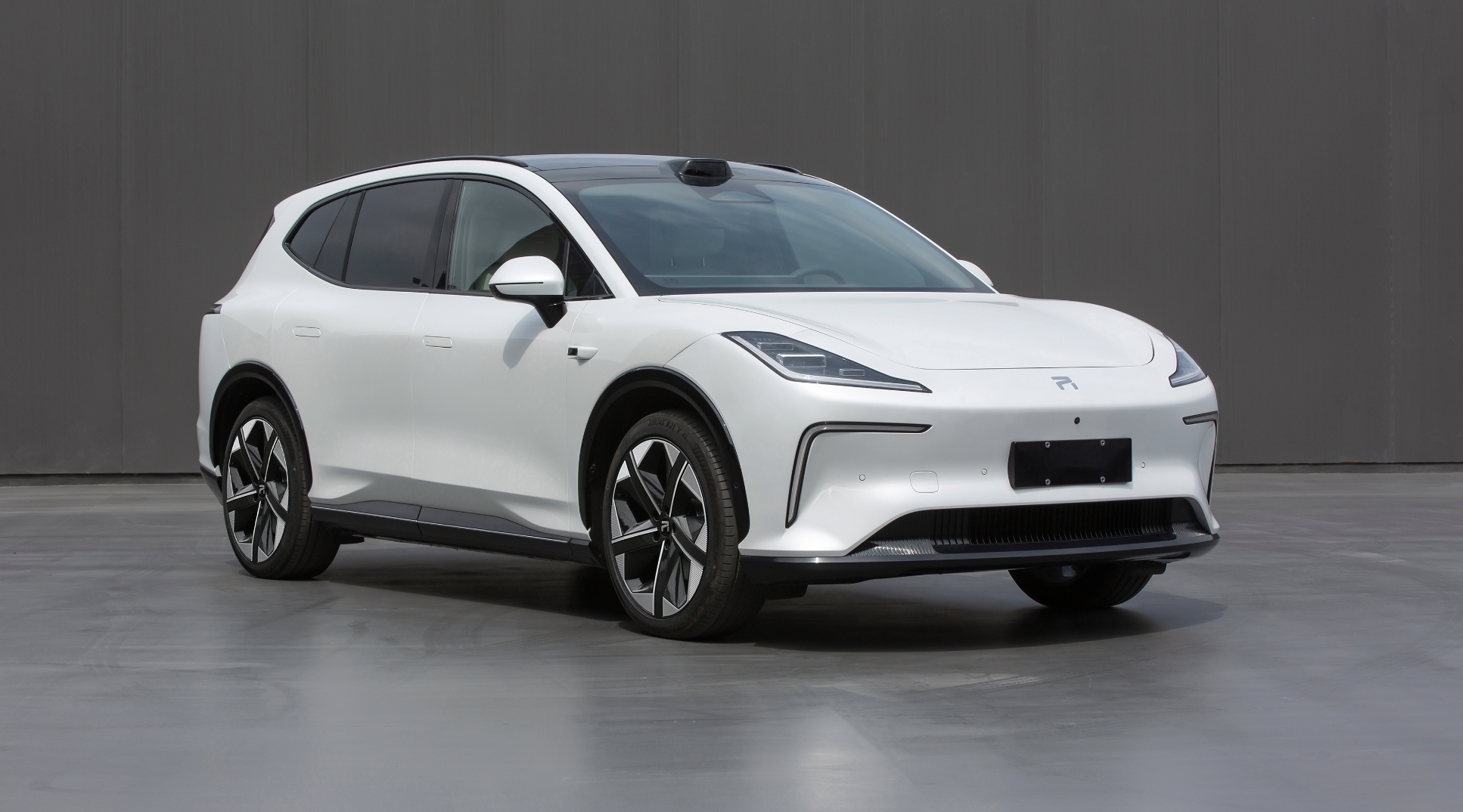
Source: Ministry of Industry and Information Technology
If the Feifan RC7 had been successfully launched initially, to create a clear product differentiation with the Feifan R7, the Feifan RC7 would inevitably be priced tens of thousands of yuan cheaper, with a starting price likely around 150,000 yuan.
So, the question arises: how much more expensive would it be to integrate Huawei's corresponding technology into a product with a starting price of approximately 150,000 yuan?
References come from the Zhijie S7 and Xingtu Xingjiyuan ES, both built on Chery's E0X platform. Both models are positioned as mid-to-large sedans, and their three-electric systems and chassis configurations are not markedly different. However, the former's starting price reaches 229,800 yuan, while the latter is 23,000 yuan cheaper.
Therefore, we can reasonably speculate that the starting price of Shangjie's first model should hover around 170,000 yuan.
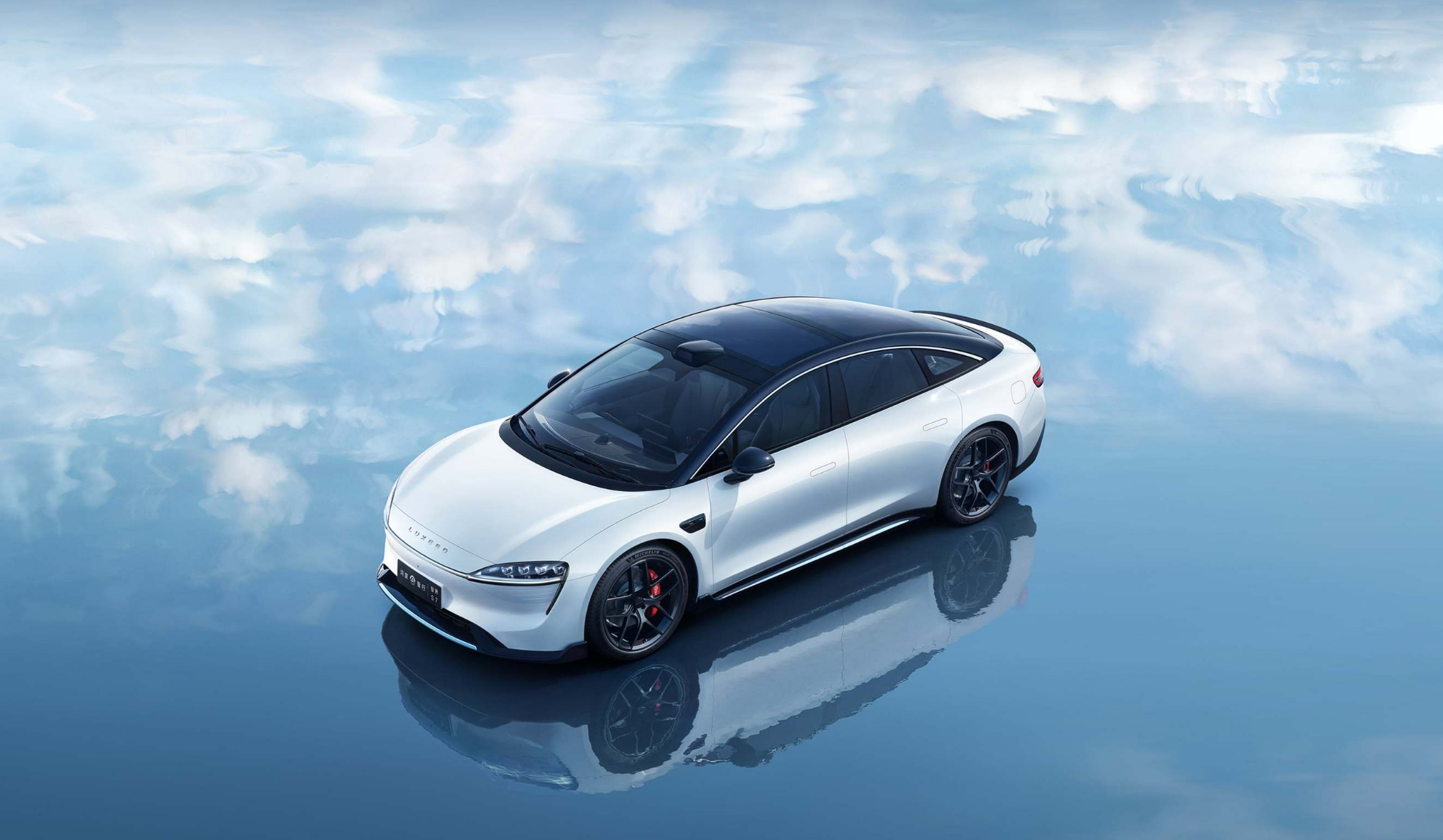
Source: Hongmeng Smart Car
As a key figure in Hongmeng Smart Car, Yu Chengdong has repeatedly stated that Hongmeng Smart Car will not venture into the market below 200,000 yuan, fundamentally because "it is not profitable to do so below 300,000 yuan, and Huawei currently does not possess the capability to manufacture cars priced below 200,000 yuan."
However, during the Greater Bay Area Auto Show last year, Yu Chengdong proactively mentioned that "Hongmeng Smart Car is striving to reduce costs, and it is feasible to launch models without LiDAR and priced below 200,000 yuan in the future."
Currently, Hongmeng Smart Car's accumulated cost control capabilities are gradually being leveraged. Some recently launched products have offered very attractive prices—the Xiangjie S9 Extended Range version is available for pre-sale starting at 318,000 yuan, and the Wenjie New M5 starts at 229,800 yuan.
Perhaps there is still room for the starting price of Shangjie's first model to decrease.
If this is the case, Shangjie's first model will likely become the first Huawei car accessible to many ordinary young people.
Can SAIC Stage a Comeback by Embracing Hongmeng Smart Car?
Rumors of SAIC's partnership with Huawei surfaced as early as last November, but neither party responded directly at the time, and it was not officially announced until February of this year.
In such a short span, SAIC has "confirmed its relationship" with Huawei. Bluntly put, this is a self-rescue attempt by SAIC.
In the 2024 annual report published by SAIC, various data show an upward trend, such as "six consecutive monthly sales increases," "a 5 percentage point increase in sales of independent brands," and "a 9.9% year-on-year increase in sales of new energy vehicles"...
However, while SAIC sold 5.02 million vehicles in 2023, it only sold 4.639 million last year, a year-on-year decrease of 7.59%. Moreover, SAIC's annual wholesale volume had been maintained for 18 consecutive years but was overtaken by BYD in 2024.
In the most crucial field of new energy, SAIC stated that "sales of new energy vehicles increased by 9.9% year-on-year." According to data released by the China Passenger Car Association, a total of 10.898 million new energy vehicles were sold in 2024, an increase of 40.7% year-on-year. In comparison, it is evident that SAIC's new energy business has not kept pace with the overall auto market.
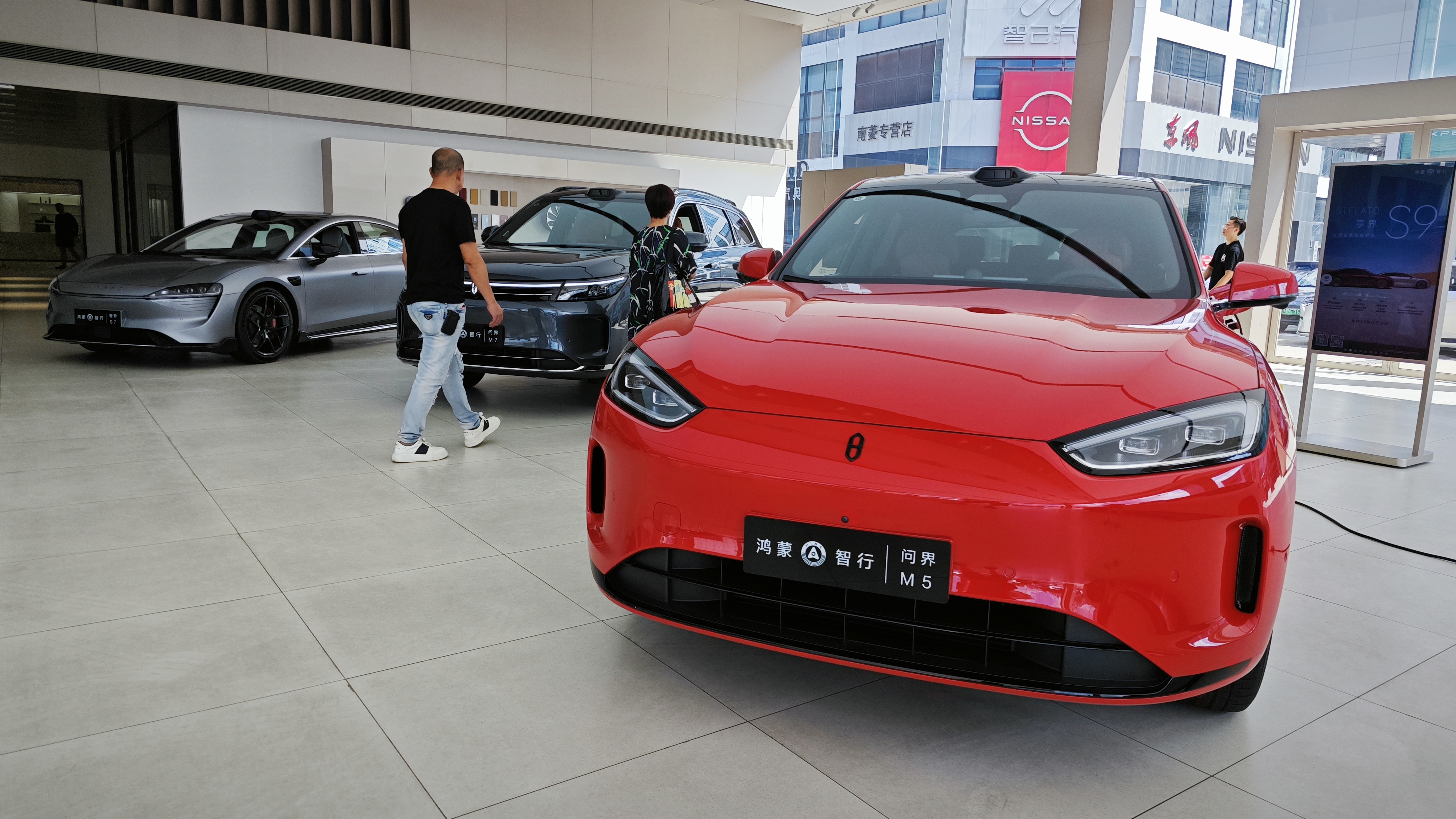
Source: Dianchetong Photography
In contrast, Huawei has already sold numerous popular Hongmeng Smart Car products and is also collaborating with automakers such as Deepal, Lantu, and Fangchengbao on intelligent technology, achieving considerable sales in both To C and To B markets.
Furthermore, Yu Chengdong revealed in his live stream "Together, Hongmeng Smart Car" at the end of last year that "the Huawei Automotive Solutions Department has no resources to allocate and can only focus on the four brands."
We do not know the true stance of both parties towards the cooperation, but the current situation is indeed unfavorable to SAIC. Seeking the refuge of the Hongmeng Smart Car model is undoubtedly one of the best strategies for SAIC to still secure a share of the new energy market.
Thalys, Beiqi, Chery, and JAC, behind Wenjie, Xiangjie, Zhijie, and Zunjie, are also in a precarious position in the field of new energy. After leveraging Huawei's influence to create new brands, they have achieved some success.
There is no need to dwell much on Wenjie. As the earliest automotive brand to join Hongmeng Smart Car, it has secured stable sales by deeply integrating with Huawei. Consumers also directly associate Wenjie's products with Huawei.
Although the market performance of Xiangjie and Zhijie is not outstanding, Xiangjie S9 and Zhijie R7 have become sales champions in their respective segments.
Zunjie S800 has not yet been launched, but it has already garnered considerable attention by showcasing technological advantages that competitors cannot match during technology conferences.
However, Dianchetong has noticed that the "Huawei halo" is not a panacea.
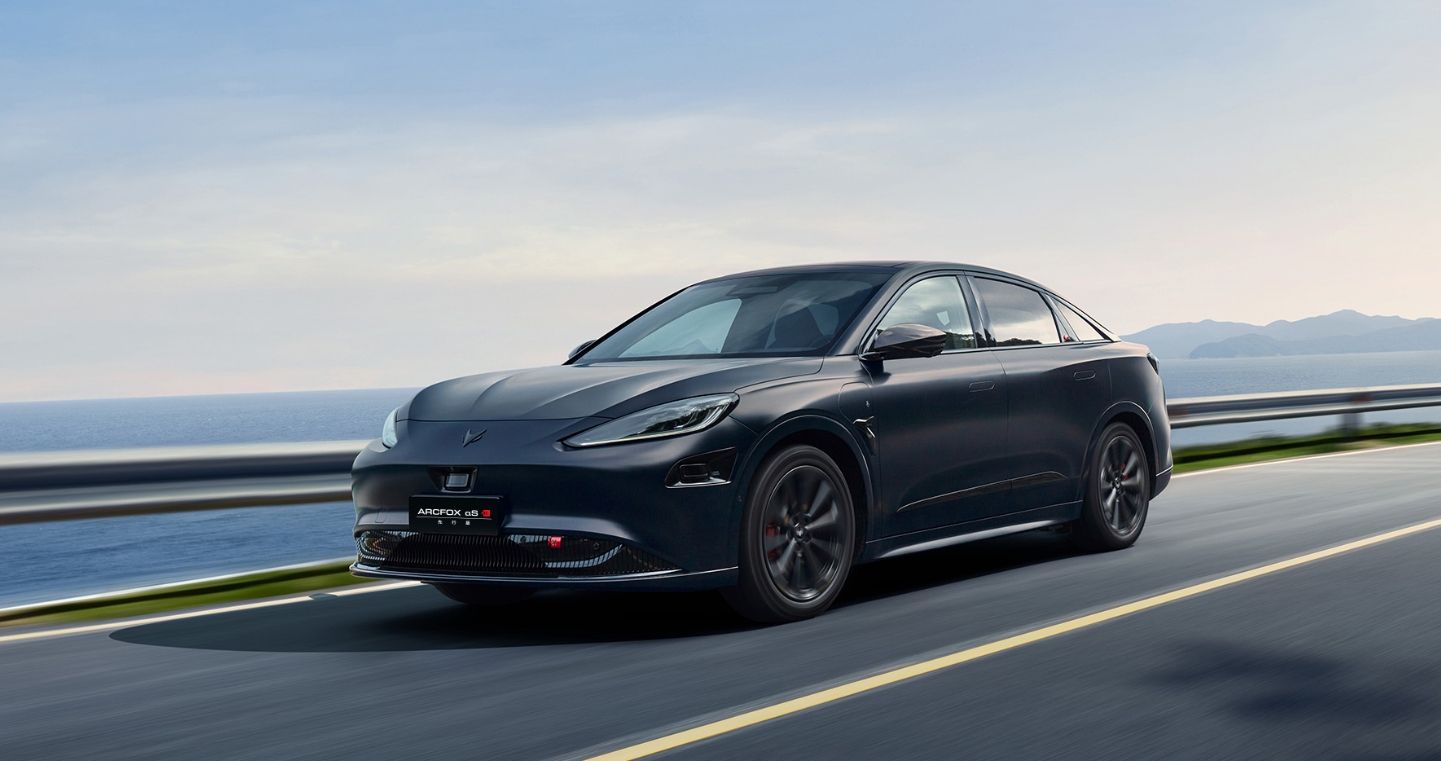
Source: ARCFOX
Not all Hongmeng Smart Car models under the "Smart Selection" model have impressive sales. For instance, Wenjie M5 and Zhijie S7, as well as ARCFOX Alpha S HI version equipped with Huawei's intelligent driving system, GAC Trumpchi M8, and BAIC Magic Cube equipped with Hongmeng cockpit, etc.
Moreover, products that seem to have achieved remarkable success with the help of the "Huawei halo" are largely tied to their own strengths. For example, AITO 07 and the all-new LEAPHORSE Dreamer, which are equipped with Huawei's Kunlun intelligent driving system, possess strong hardware capabilities. It is only after cooperating with Huawei that their market popularity has surged, allowing more users to discover these products.
When a product's core strengths are not solid, all traffic and attention are futile.
How Significant Will Shangjie's First Car Impact Competitors?
According to the media outlet "Cailian Press", the Shangjie brand is scheduled to be launched on April 10th, and it has been revealed that the power system of the first new car may be equipped with SAIC's extended-range solution, rather than the pure electric power system of the Feifan RC7 as stated in the declaration information.
Based on SAIC's latest technology, the first model of the Shangjie brand is likely to directly adopt the same extended-range system as the Roewe D7 DMH. The range extender can achieve a thermal efficiency of 43%, offering a pure electric driving range of 125km and a combined driving range of 1400km on the Roewe D7 DMH. Considering that the first model of Shangjie is an SUV with higher wind resistance, the combined endurance may be slightly reduced, but achieving a combined driving range of over 1000km should not be an issue.
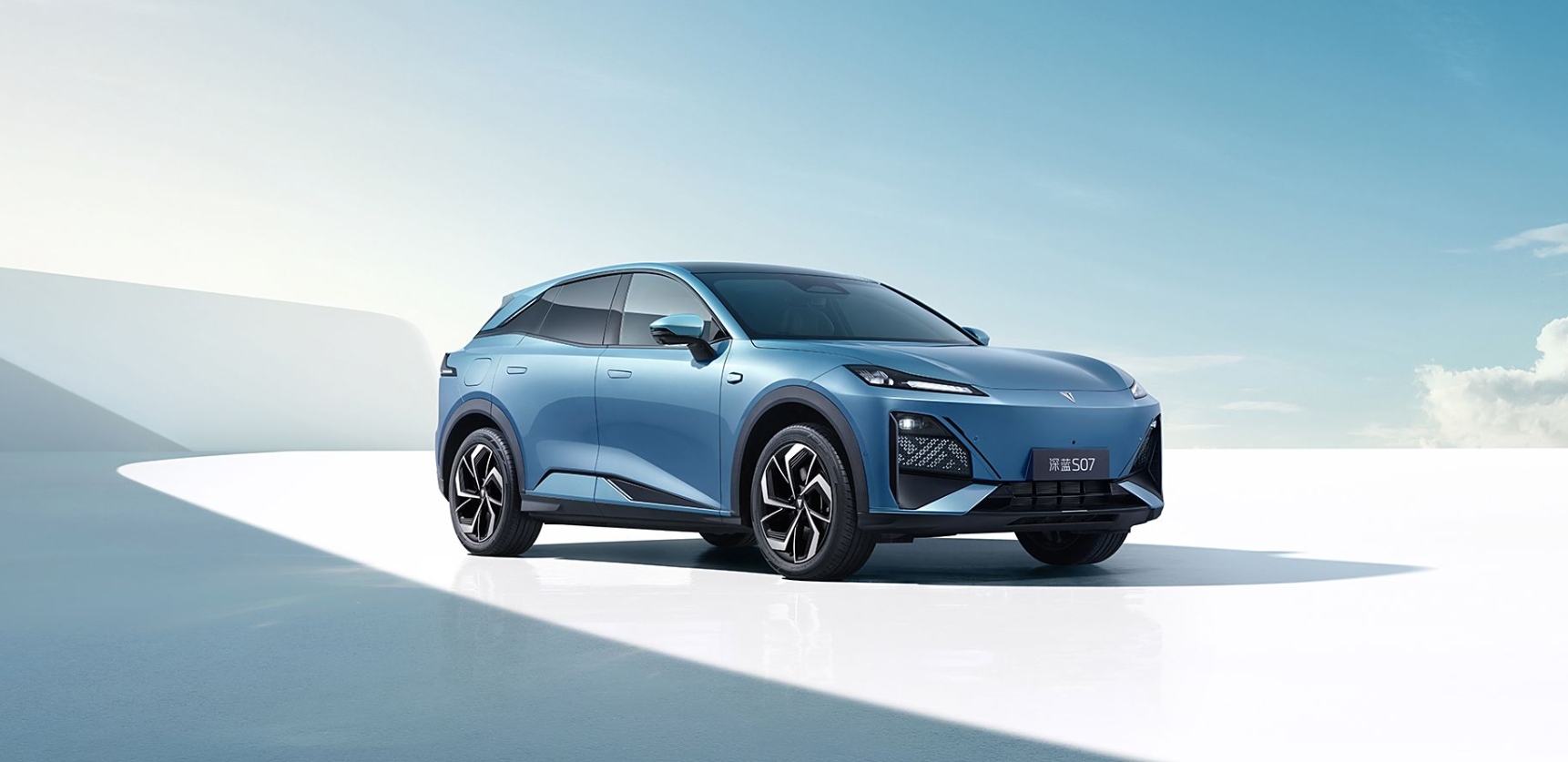
Source: Deepal Automobile
Looking at the domestic market, models such as BYD Tang, Zero Run C11, and Deepal S07 are likely direct competitors to Shangjie's first model.
In terms of endurance, performance, cost-effectiveness, brand influence, and other aspects valued by users, there are corresponding representative products on the market. Therefore, Dianchetong believes that the biggest selling point of Shangjie's first model is not the extended-range technology, but "Huawei Technology for All," allowing consumers to experience the Hongmeng intelligent cockpit and the "entry-level" Huawei Kunlun intelligent driving system at a more affordable price.
Why is it the "entry-level" Huawei Kunlun intelligent driving system? Because the "full-fledged" Huawei Kunlun intelligent driving system has evolved to a four-LiDAR solution. Even the Wenjie M8, which will be launched in April, adopts a front and rear dual-LiDAR solution. The first model of Shangjie in the spy photos is only equipped with one LiDAR.
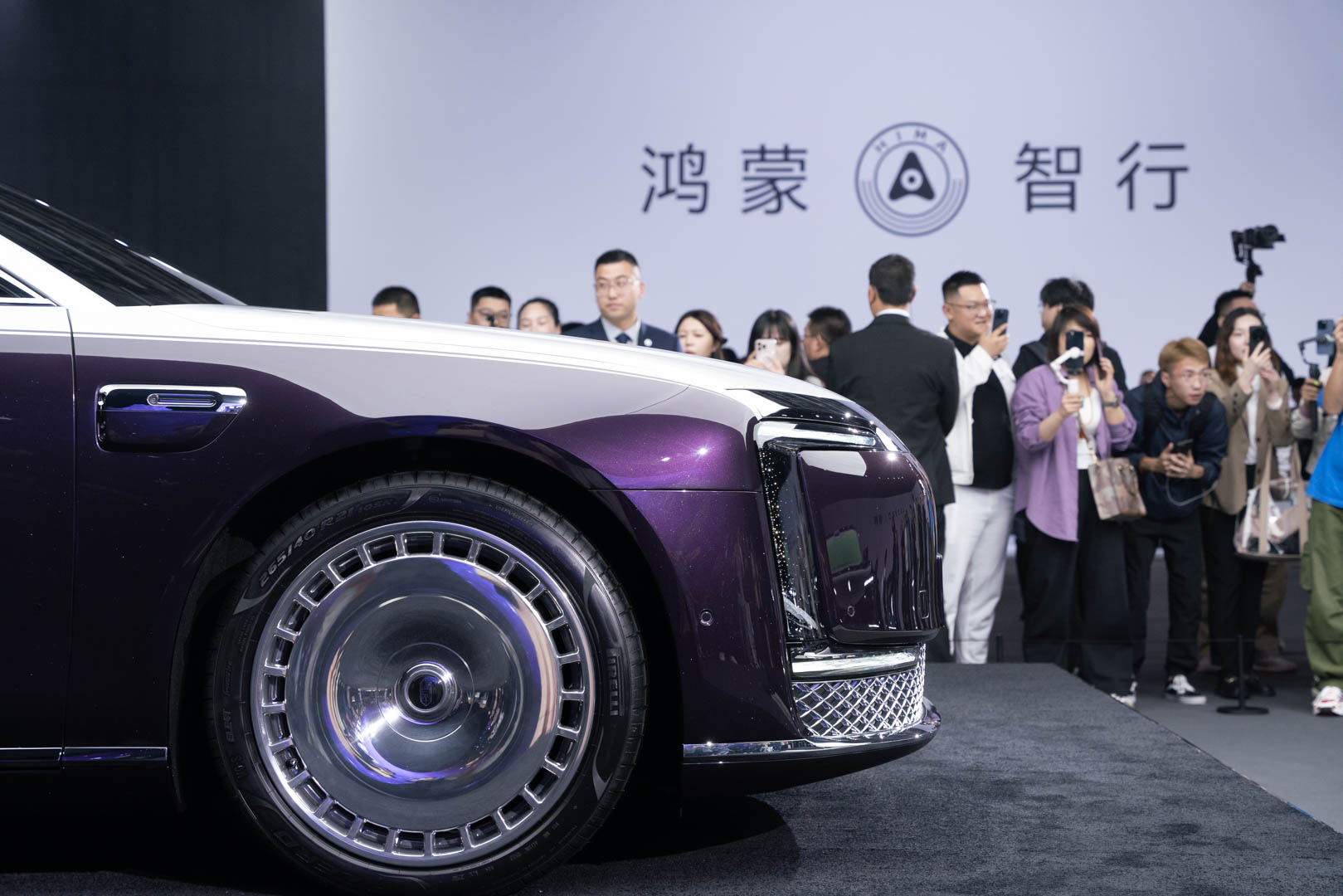
Source: Dianchetong Photography
Therefore, Shangjie's first model can still achieve high-level intelligent driving, but due to cost constraints, its overall capabilities are not as robust as the "full-fledged" version. However, it is more comprehensive than the basic version of Huawei's Kunlun intelligent driving system without LiDAR.
According to the plan, Shangjie's first model will be launched in the fourth quarter of this year, and its market performance will directly influence SAIC's future discourse power in the new energy market. However, the new energy market is evolving at a rapid pace. After three quarters, how many users Shangjie can attract may hinge on how much price sincerity the first model offers.
(Cover image source: Dianchetong Photography)
Source: Leitech







